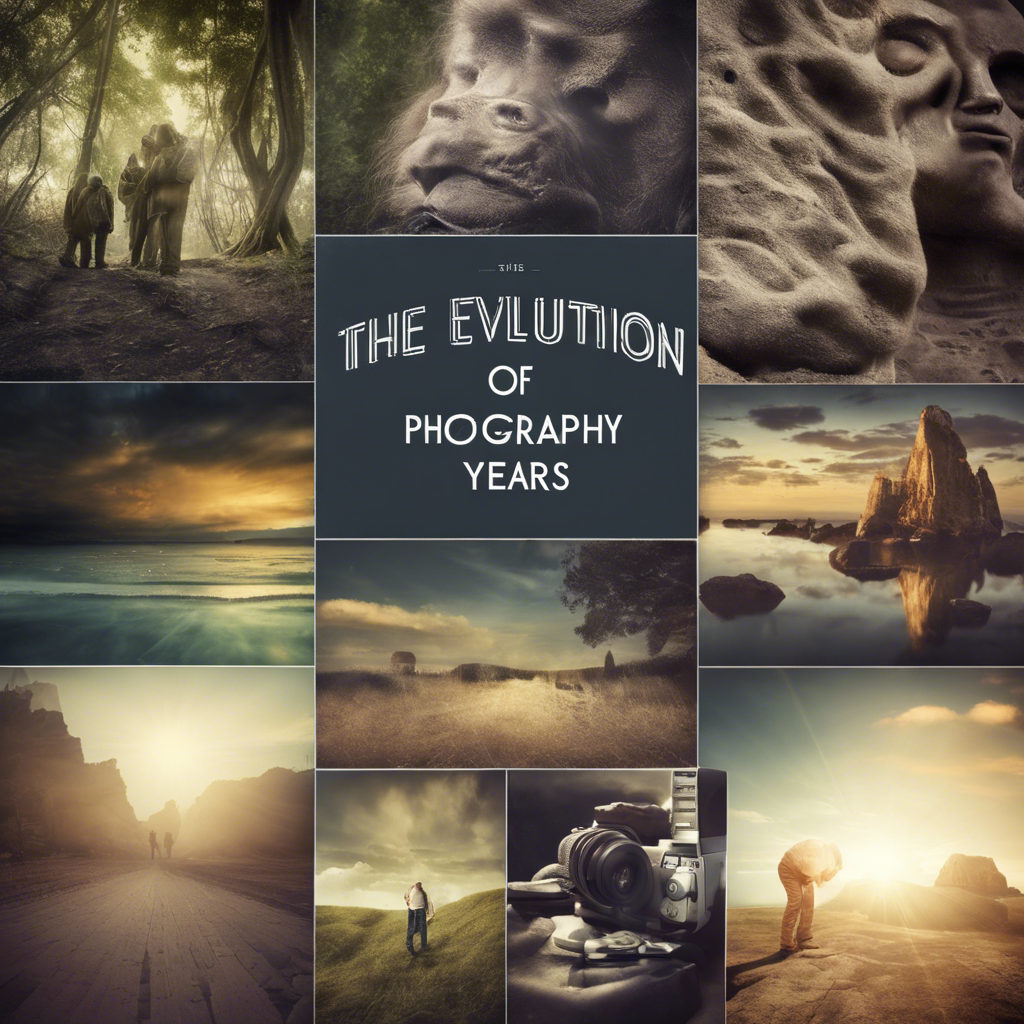In the ever-evolving world of photography, the last five years have witnessed significant shifts and groundbreaking advancements. From the rise of mirrorless cameras to the resurgence of film photography, the industry has experienced a whirlwind of change. In this article, we delve into the key transformations that have shaped the photography landscape, providing insights into the latest trends and their impact on photographers.
The Mirrorless Camera Revolution
Mirrorless cameras have taken center stage in recent years, revolutionizing the way photographers capture images. While DSLRs still hold their ground, the focus has undeniably shifted towards mirrorless technology. Beyond the reduction in size and weight, mirrorless cameras bring a host of technological advancements. One of the standout features is the electronic viewfinder, offering real-time image previews. This feature proves invaluable for photographers aiming to perfect their shots in-camera. Moreover, the adaptability of mirrorless cameras allows for compatibility with a wide range of lenses, from cutting-edge mirrorless lenses to classic DSLR and vintage lenses. This versatility opens up new creative possibilities and showcases the inclusive direction the photography industry is heading.
The Resurgence of Film Photography
Despite the convenience and advancements of digital technology, film photography has experienced a remarkable resurgence in recent years. Many photographers are drawn to the tactile and intentional process that film offers. The acquisition of film cameras, such as the Nikon F6 and FM3A, has become a trend, as photographers seek the distinct aesthetic and experiential qualities that film brings. This renewed interest in film photography reflects a nostalgic yearning and a deep appreciation for the craft’s roots, providing a counterbalance to the fast-paced, technology-driven modern photography landscape. The influence of this trend can even be seen in the retro-inspired designs of some mirrorless cameras.
The Rise of Smartphone Photography
The ubiquity of smartphones has had a profound impact on the photography industry. With the ever-improving quality of smartphone cameras, more people are embracing photography as a creative outlet. The accessibility and convenience of capturing and sharing images instantly have democratized the art form. Social media platforms have become virtual galleries, allowing photographers to showcase their work to a global audience. This democratization has not only expanded the reach of photography but has also challenged traditional notions of what it means to be a photographer.
The Influence of Social Media
Social media platforms have become powerful tools for photographers to connect, learn, and gain exposure. Instagram, in particular, has emerged as a hub for visual storytelling and inspiration. Photographers can now build communities, engage with their audience, and collaborate with fellow creatives. However, the rise of social media has also brought challenges, such as the pressure to constantly produce captivating content and the risk of image theft. Navigating the digital landscape requires photographers to strike a balance between sharing their work and protecting their rights.
The Impact of Artificial Intelligence
Artificial intelligence (AI) has made its mark on the photography industry, transforming the way images are edited and processed. AI-powered software can now enhance images, remove unwanted elements, and even generate realistic scenes. While this technology offers new possibilities and streamlines workflows, it also raises ethical questions regarding the authenticity and manipulation of images. As AI continues to evolve, photographers must navigate the fine line between utilizing its capabilities and preserving the integrity of their craft.
Conclusion:
The last five years have witnessed a dynamic and transformative period in the photography industry. From the rise of mirrorless cameras and the resurgence of film photography to the democratization of smartphone photography and the influence of social media, photographers have had to adapt to a rapidly changing landscape. As technology continues to advance, photographers must embrace innovation while staying true to their artistic vision. The future holds endless possibilities, and it is up to photographers to navigate this evolving terrain and continue capturing the world through their unique lens.











